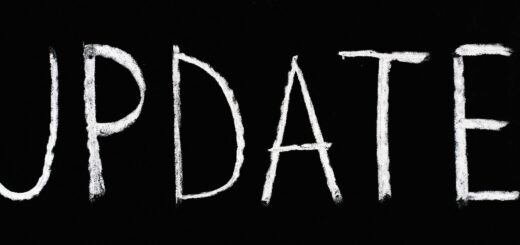For Good Measure
The old management maxim holds that we can improve only what we measure. While there is a useful truth in there, the downside is that it can lead to obsession with measurement. Worse, we become tempted to affect the measurement itself in ways that are not consistent with the value we are trying to improve. For example, keeping a sleep diary can help when we have trouble sleeping. Recording our nocturnal experiences down to the minute is less helpful than rounding to the nearest half hour.
When it comes to health, the measurement is supposed to be an indicator of a risk factor. We should remember that the item measured may not be a risk factor in itself. It may be a contributor, or precursor, or simply correlate well, without a causative relation, to a statistical risk. We measure things that are easy to measure, such as temperature, blood pressure, blood sugar, and weight, and then try to relate them to our health. This is tricky, because health is a holistic concept. Our choices and genetic inheritance have incalculably many complex interactions every day. Measurements that correlate with good health may not cause it. Ninety-eight point six degrees Fahrenheit is a normal oral body temperature, but warming a corpse to that temperature will not bring it back to life.
Why do we weigh ourselves? The offhand answer is that we want to achieve a healthy weight. What we consider to be a healthy weight varies with height, age, sex, and level of activity, and still there must be a healthy range of weight, not a single ideal figure. Weight, of course, is a proxy for mass. Your weight on the moon is about one-sixth of your weight on Earth, although your mass is the same. We can measure our mass with little more difficulty than we measure our weight, but since we generally weigh ourselves at the same location on the same planet each time, the two metrics are trivially interchangeable.
Neither weight nor mass correlates directly with health. An athlete, whose body mass is mostly lean muscle, will be trimmer than a couch potato who carries more fat, because fat is less dense than muscle. It is impossible to know if the athlete is healthier from weight and trimness alone. Perhaps he has cardiovascular disease. Many trim people have blocked arteries. Perhaps his muscle is due to steroid abuse, which entails a raft of health problems.
Body mass index, or BMI, is an attempt to scale mass using height, in order to compare people of different heights (or one person at different weights). It can be useful for average people, but make note of the exceptions. Athletes and dancers with low body fat may have BMIs outside the “healthy range.” Pregnant woman also should not take their BMI too seriously.
We get a little closer to the mark when we measure body fat composition, but that is hard to measure accurately. You can get a good estimate from an immersion test, but that is a lot of effort to go to, compared to standing on a bathroom scale. Some bathroom scales have a percentage fat estimate feature, but it is based on the electrical conductivity of the soles of your feet, and is wildly volatile and inaccurate.
Even with very accurate measurements, it is most important how one goes about making the improvements. We could lose weight by getting cancer or becoming cocaine addicts, but that would break the correlation between weight and health that we are depending on. The same logic applies to diet regimens. You might be able to lose weight following a low-carb or “paleo” diet, but if it makes you sick, it defeats the purpose.
I tend to be obsessed with my weight, and I measure it far too often. It varies plus or minus three pounds around what I consider to be my current “normal” weight. That can be due to dehydration, how recently I have eaten or pooped, time of day, and other factors that are not worth identifying. Whenever it goes up, I remind myself how it is still below all the many goals I set for my weight when I first started eating whole food, plant-based. I remember the plateaus and reversals that this particular metric has gone through. It is not a straight line. If my clothes fit, I’m doing okay.
We measure blood serum cholesterol and other lipids because, in a healthy, non-medicated individual, these measurements correlate well with the risk of death from cardiovascular disease, including heart attacks and strokes. The acceptable level of total cholesterol has declined quite a bit, since we figured out that the average person in the USA has high enough cholesterol to be at high risk. Being below average in this area is good, but not good enough. If you are otherwise healthy and don’t take statins, blood serum total cholesterol of 150 mg/dl or less correlates with low risk of cardiovascular disease. This does not mean that using statins to reduce total cholesterol reduces risk. In fact, it does not. Statins lower the numbers, but do not clear blood vessels or lower risk of death, and have severe side-effects.
Technology for measuring cholesterol has improved, and now we can categorize blood lipids in finer detail than just LDL, HDL and triglycerides. None of these measurements do a better job of correlating with risk than simple total cholesterol. They represent a forlorn hope of an excuse for eating the animal-based foods, high in cholesterol and saturated fat, which cause our blood vessels to clog, leading to heart attacks, strokes, and various other symptoms, all of the same root cause, namely eating too many animal-based foods. It is like keeping a sleep diary to the second, rather than to the half-hour, hoping that more data will lead to more insight.
We do need to measure what we seek to improve. We also need to understand that measuring more is not necessarily better, and that measuring does not obviate the requirement of taking actual steps in the right direction.







